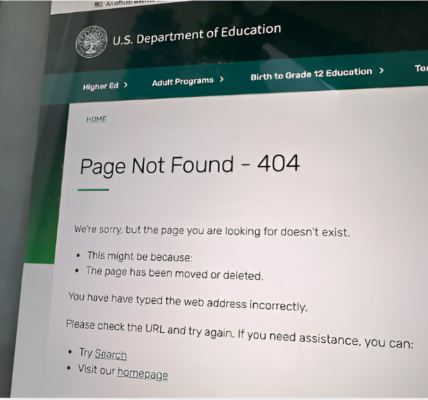
For Lizette Trujillo, a mother, advocate, and activist, traveling 2,000 miles from Tucson, Arizona, to Washington, D.C., for the Gender Liberation March wasn’t just a cause—it was personal.
“I’m the mother of a transgender child, but I’ve also experienced the necessity of bodily autonomy firsthand,” says Trujillo, 44. “I had an abortion at 22 and a miscarriage at 40. Access to care that meets your needs is essential. The thought of my son not having the healthcare he needs is terrifying.”
Trujillo was one of nearly 2,000 activists who gathered in the nation’s capital to rally for both abortion rights and transgender rights. The march was a response to escalating threats: over 650 anti-trans bills have been introduced in state legislatures in 2024, according to the Trans Legislation Tracker, and hate crimes against LGBTQ+ individuals are on the rise. Meanwhile, abortion rights have been rolled back in 14 states following the Supreme Court’s 2022 decision to overturn Roe v. Wade.
For organizers of the march, linking the two issues was no coincidence. “Our abortion stories and our trans stories are interconnected,” said Renee Bracey Sherman, executive director of We Testify, a nonprofit dedicated to sharing abortion stories. “We cannot liberate abortion without trans justice.”
A Shared Fight for Autonomy
Raquel Willis, a transgender activist and co-organizer of the march, explained the intention behind uniting these causes: “We wanted to bring together the energy stoked by the fight for reproductive justice after the Dobbs v. Jackson Women’s Health decision and the momentum of queer and trans advocates battling for access to healthcare.”
Eliel Cruz, another co-organizer, noted that both movements face a common enemy. “Efforts to restrict abortion and gender-affirming care are part of a larger push to reinforce gender binaries and discriminate against people based on their identity,” Cruz said.
That connection is becoming more evident in legal battles. According to Chase Strangio, Deputy Director for Transgender Justice at the ACLU’s LGBT & HIV Project, the Dobbs ruling is being used to justify attacks on gender-affirming care. Strangio is set to argue before the Supreme Court this fall in U.S. v. Skrmetti, a case challenging a Tennessee law that bans gender-affirming care for transgender youth.
“This case has implications not just for trans rights but for bodily autonomy across the board,” Strangio said.
A Safe Space for Advocacy
For attendees, the march was more than a protest—it was a sanctuary. Daniel Trujillo, Lizette’s 17-year-old son and a youth organizer, said the gathering was both a celebration and a moment of reflection.
“I love seeing other trans teens and families, but it’s scary thinking about what the future holds,” he said. As Daniel prepares for college, he worries about how restrictive laws might impact his opportunities.
For others, like 28-year-old Jair Codines from North Carolina, the march was a chance to assert their rights. Codines, who recently began their transition, arrived with a group of Latina women. “I will always fight for justice, for truth, and for our rights,” Codines said.
Honoring the Past, Fighting for the Future
The march was steeped in symbolism. Marchers wore white in homage to past civil rights protests, such as the 1917 NAACP Silent Parade, while purple, pink, and white flower crowns paid tribute to transgender advocate Marsha P. Johnson. Pride and trans flags adorned banners, pins, and posters, while an art installation near the stage celebrated iconic transgender activists, including Monica Roberts and Lorena Borjas.
Chants of “Trans rights are human rights” echoed through the streets as the march wound past the Supreme Court and the Heritage Foundation headquarters.
Despite the challenges, the mood was optimistic. “This is a glimpse into the future,” said Daniel Trujillo. “A future where we can all live, thrive, and be celebrated—in public life, in schools, in bathrooms, and in our homes, safely.”
For those at the Gender Liberation March, the fight for bodily autonomy isn’t just about abortion or transgender healthcare—it’s about ensuring that every individual has the right to live freely and fully.


